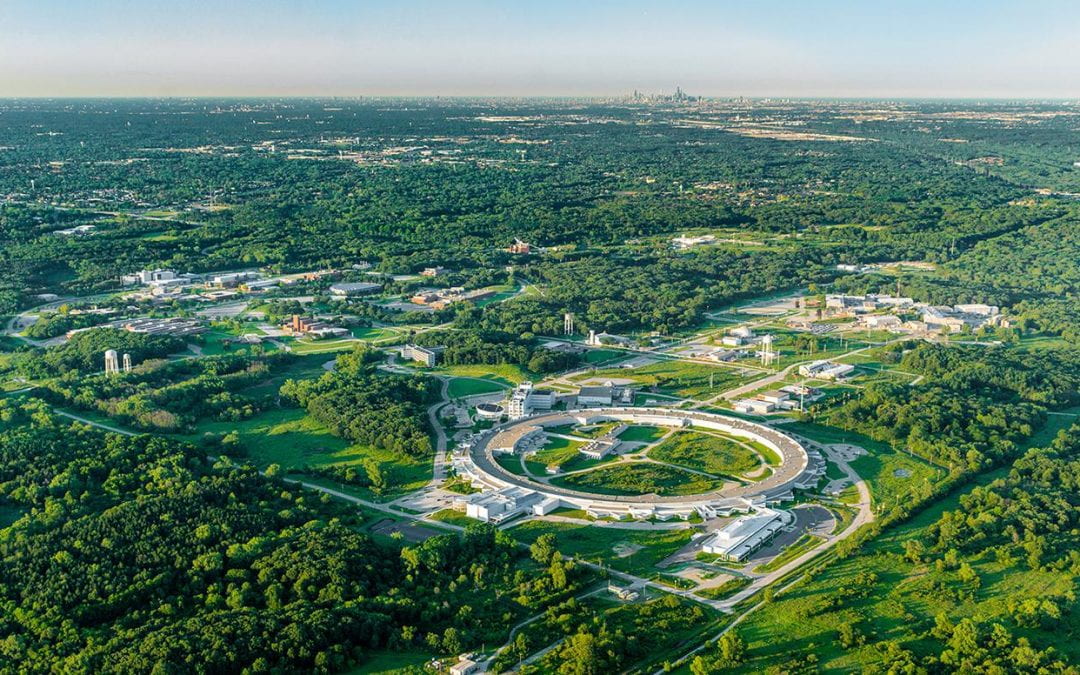Argonne National Laboratory traces its birth from a secret mission—the Manhattan Project during World War II—to create the world’s first self-sustaining nuclear chain reaction.
After that breakthrough was achieved under the University of Chicago football field stands in December 1942, no one wanted to lose the momentum and scientific expertise, so on July 1, 1946, the lab was formally chartered as Argonne National Laboratory to conduct “cooperative research in nucleonics,” making it the country’s first national laboratory.
Today, the laboratory’s initial charge to find peacetime uses for atomic energy has grown into a broad range of innovative research that benefits humankind—from climate and sustainable energy to health and security. Argonne is now a thriving home to 3,500 employees and multiple national research facilities that draw scientists from around the world.
Operated by the University of Chicago on behalf of the U.S. Department of Energy, the lab has a rich history of scientific breakthroughs—from the most fundamental levels of particle physics and the structures of viruses to better batteries for electric cars and ways to generate electricity with nuclear reactors.
Check out a timeline of discoveries, or learn more about the lab’s history in this UChicago News story.

